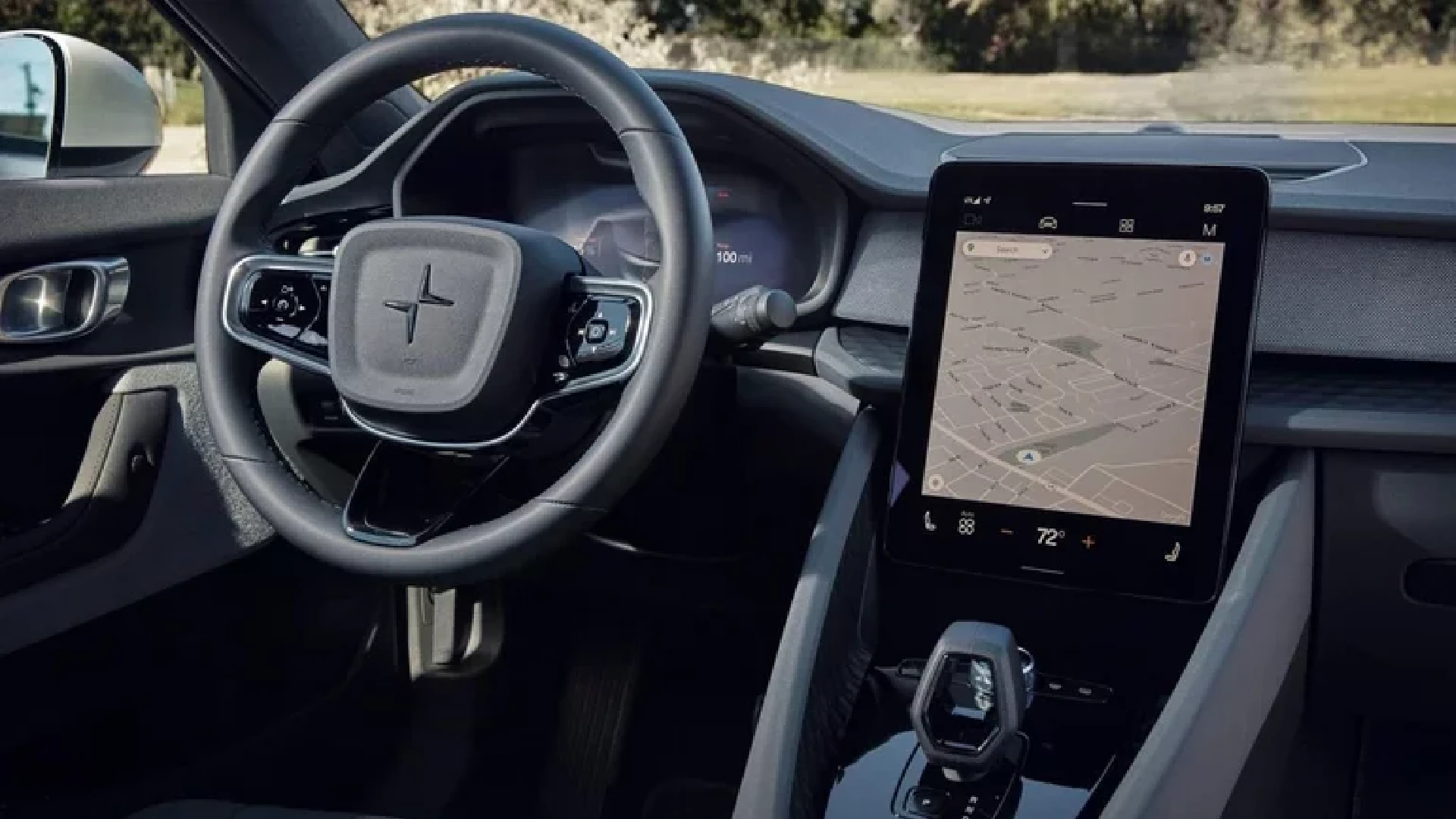The Pixel lineup has started receiving the first stable build of Android 13 earlier this month. It has yet to reach all Pixel users, but Google Automotive 13 – the latest version of its operating system for in-vehicle infotainment systems – has been released. Unlike Android 13, which packs several new features, Android Automotive 13 brings a host of behind-the-scenes changes. Although the lack of new features might disappoint some Android Automotive users, it’s great to see Google pushing timely OS updates to enhance user experience.
According to Google’s official release notes (via Mishaal Rahman), Android Automotive 13 includes improvements to the camera subsystem, the car framework, connectivity, privacy, sensors, telemetry, user management, and vehicle integration. Ultra-wideband support, Android 12’s Privacy Dashboard, and a new Bluetooth stack called Gabeldorsche are some of the notable additions.
Android Automotive 13 is here, and I have all the details. Google's release notes leaves some details out and assumes prior knowledge, so I filled in as much as I could and added AOSP links + screenshots where relevant.
Read what's new in AAOS 13: https://t.co/o92hu2Dplm
— Mishaal Rahman (@MishaalRahman) August 24, 2022
Also, Android Automotive 13 introduces improvements to the camera, allowing third-party apps to access one or more vehicle cameras simultaneously without affecting the Extended View System (EVS) and enabling hotplugging of external cameras. Moreover, Google has added new sensor types and properties for fog lights, EV charging, trailers, vehicle weight, and wheel ticks.
In the section below, you can find a complete list of changes.
Android Automotive 13 changelog
- Camera
- Android camera2 API. Allows third party consumer apps to access one or more vehicle cameras concurrently without affecting the performance and behavior of the Extended View System (EVS).
- Enumerate camera devices by relative locations. Allows clients to enumerate and open camera devices (or video streams) according to relative locations, along with hardware details (for example, device node name) hidden from clients.
- EVS hotplug events. Adds notification and handling of hotplug cameras.
- Car Framework
- Car framework mainline. Added a new car framework module that includes car APIs and car services. This enables the updating of the car stack independent of Android platform versions.
- Driving safety region support. Allows apps to specify regions for driving safety and allows the system to specify a region and to provide a temporary waiver.
- Migrate the vehicle HAL from HIDL to AIDL. The HIDL HAL remains supported but new properties should only be added to new AIDL vehicle HAL.
- Support larger payload and batch calls in VHAL. VHAL can now pass larger payloads through shared memory. Batching calls allows for the more efficient sending of multiple requests.
- Navigation metadata filling for cluster. This feature extends the Navigation State Protocol Buffer in the Navigation State API with additional fields to describe navigation metadata.
- Touch mode. Notifications are now detached from focus events in Android 13. In Android 12 and earlier, focus and touch mode are represented by the same C++ native FocusEvent. Touch mode changes are now represented in a new event, TouchModeEvent. This new native event is dispatched against all existing windows, whether focused or not.
- Connectivity
- Enable Ultra Wide Band (UWB). Provides multi-anchor support for locating UWB tags with an accuracy of 10cm.
- Bluetooth mainline integration. Turns Automotive Bluetooth into a module to enable updates independent of Android platform versions. Hidden APIs are migrated to system APIs with ongoing support from Google.
- Gabledorsch. A newer version of the Bluetooth stack is enabled, with support for automotive use cases.
- Vehicular networking. Adds controls for Ethernet-based networks, including dynamic management of IP configuration, network capabilities, application access control lists, and the ability to connect and disconnect networks on the fly.
- Reference TCU. Makes it more straightforward to integrate an external telematics ECU with Android through the Telephony HAL.
- Projection support. Added a new API to include VendorElements as part of a generated hostapd AP configuration.
- API to get a list of Wi-Fi channels and country codes when Wi-Fi is turned off.
- Power
- Support Suspend-to-disk. Power-off mode to preserve the contents of RAM. Suspend-to-disk and Suspend-to-RAM are supported.
- Control of the shutdown process. Allows vendors to take timely actions before and after Garage Mode.
- Privacy
- Permission model for auto. Changes to the permissions model balance safety, privacy and user experience while driving.
- Post-drive permission decision reminder. Reminds users who have parked of permission decisions made while they were driving.
- Recent permission decisions. Recent permission decisions are surfaced within Privacy Settings, enabling users to change permission decisions.
- Privacy dashboard for auto. Allows users to review recent app permission usage within Privacy Settings, including a timeline of events for sensors (such as location, microphone, and camera) and sub-attribution for GMSCore usage.
- Sensors
- New sensor types in the Android sensor framework. Added new Inertial Measurement Unit (IMUs) sensor types for Limited Axes and Heading to support different sensor configurations and navigation use cases.
- Telemetry
- OEM telemetry. Enables OEMs to use an Android-powered infotainment system to configure and collect In-Vehicle Infotainment (IVI) and vehicle data.
- User Management
- Improved user lifecycle events management. Added a new user lifecycle filter to improve performance and simplify client code.
- Vehicle Integration
- New VHAL properties. Added new properites for fog lights, EV charging, trailer, vehicle weight, and wheel tick.
Since Android Automotive 13, unlike Android 13, is for OEMs offering Android Automotive OS-powered IVI systems, the changelog is aimed at Android Automotive OS engineers. Therefore, as Rahman points out, Google may have left out some user-facing changes from the release notes. We recommend reading Rahman’s in-depth coverage in the linked Esper blog post if you’re interested in learning more about the latest version’s changes.
